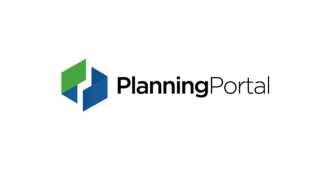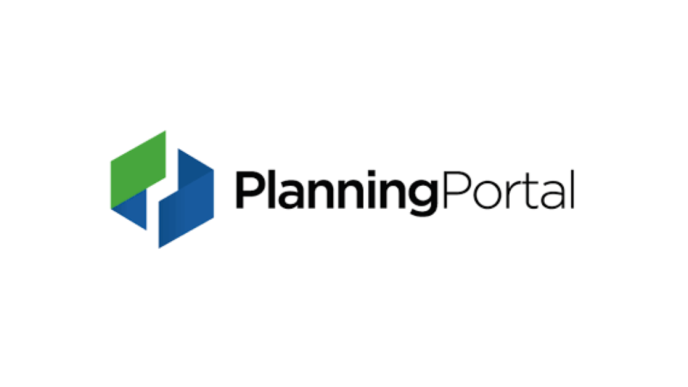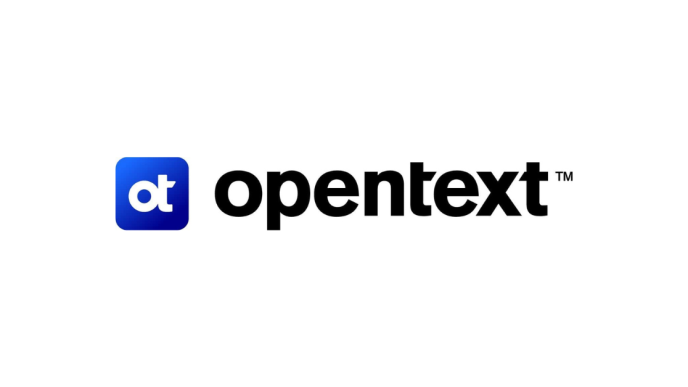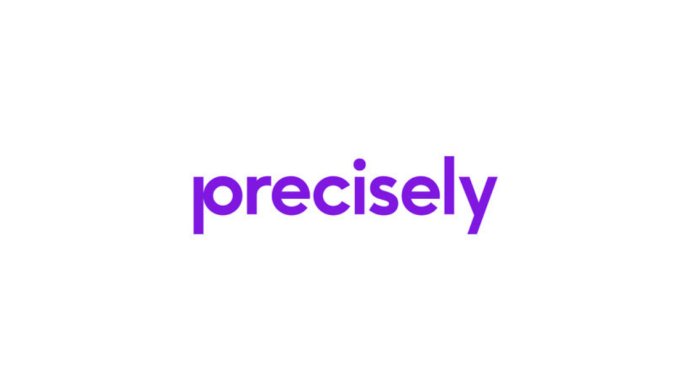KPMG has emphasised that even after costly upgrades, many buildings continue to waste energy. The firm suggests that the solution lies in Strategic Energy Management (SEM), an approach that converts long-term energy and emissions goals into everyday operational tasks supported by artificial intelligence, helping achieve greater efficiency.
On 15 September 2025, KPMG released its latest report, “How AI is helping to improve energy efficiency and management in real estate.” The paper argues that traditional retrofits are often too expensive and slow to achieve the level of reductions needed to meet 2050 net-zero targets. Instead, it highlights AI as a faster pathway, particularly when combined with the SEM framework.
Exergio, a company that has developed AI-powered tools to boost energy efficiency in commercial buildings, says these findings reflect outcomes already seen in practice.
“AI is already helping buildings cut waste by 20-30% in our projects, no matter the climate or the age of the property,” said Donatas Karčiauskas, CEO of Exergio. “But those savings only last if there’s smart energy management behind them. That’s exactly the point KPMG makes, efficiency isn’t a one-off upgrade, it’s how you run the building day after day.”
According to KPMG, SEM requires constant monitoring of how buildings consume energy and clear accountability for addressing inefficiencies. Karčiauskas explains that this typically falls to facility managers or energy officers for daily oversight, while tasks such as adjusting sensor parameters are best handled automatically by AI and machine learning models, with professionals supervising the outcomes.
SEM alone can typically deliver 5-7% annual savings, but when combined with AI, savings rise to 20-30%, according to energy efficiency experts.
The report outlines three stages of SEM. The first focuses on improving existing infrastructure, such as optimising HVAC, lighting, and control systems for daily efficiency. As Karčiauskas notes, this is “a task of AI at the moment as we want to achieve faster savings.” The second stage involves upgrading outdated equipment, like boilers, chillers, or pumps, with more efficient alternatives. The third layer introduces renewables or long-term energy contracts, but only once a building’s base energy use has been optimised.
The authors underline that installing renewables before optimising consumption offers limited benefits, stressing that real efficiency is more about active management of existing systems than buying new hardware.
“What’s missing is a culture of active energy management. SEM lays down the rules, and AI keeps the systems running to them minute by minute, with people still in control,” continued Karčiauskas.
SEM works as a five-step cycle: assessment, planning, implementation, capability building, and monitoring. Within this framework, AI can adjust HVAC operations simultaneously according to occupancy, weather conditions, and usage patterns, while managers establish energy-saving targets, define comfort limits, and review performance.
“We used the same approach before it was called SEM – simply because it made sense, and that’s where everyone should focus on. Our platform connects to the building’s energy management systems and uses metrics such as sensor data and occupancy patterns to adjust HVAC simultaneously. That’s how efficiency becomes a continuous management task, not something postponed until the next renovation. It reflects what KPMG calls ‘human-centric AI’ that supports transparency and trust,” concluded Karčiauskas.













